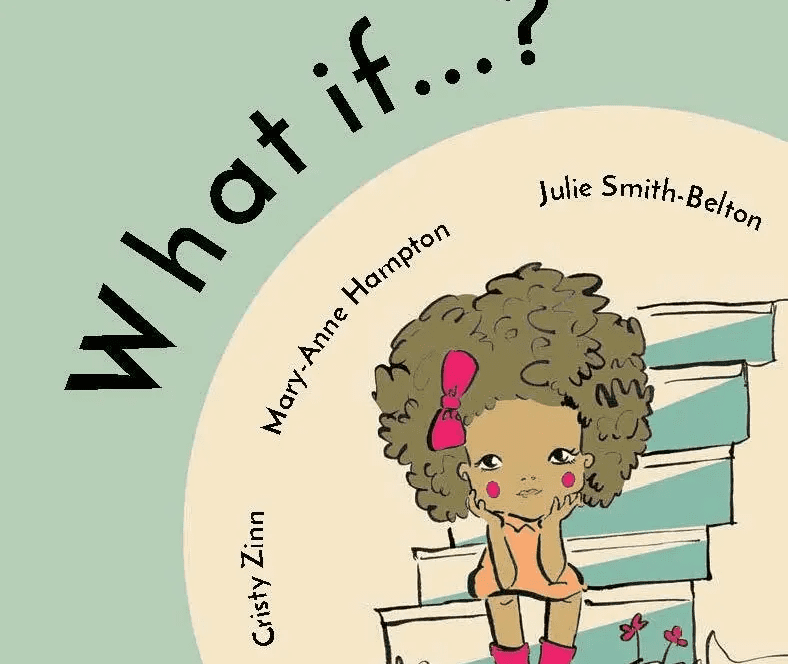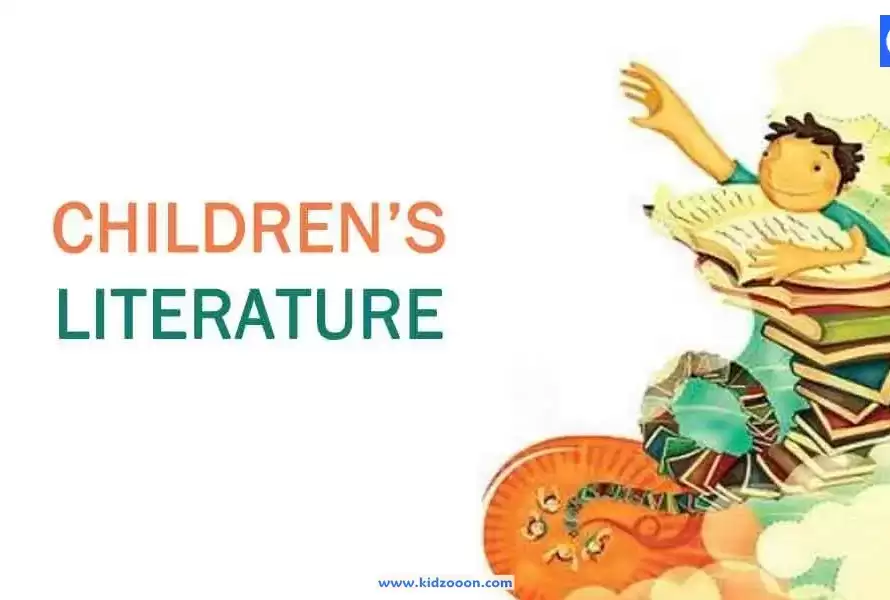Insider facts of Writing Children’s Fiction – 5 Easy Steps to Help You to Succeed


Insider facts of Writing Children’s Fiction – 5 Easy Steps to Help You to Succeed


Many individuals convey the misinterpretation that kids’ writing is not difficult to make. It is in many cases felt that storylines can be substantially more oversimplified than grown-up fiction, that language can be unelaborated and that characters don’t need to be especially three-layered. What’s more, in numerous ways this is valid. Storylines for youngsters’ fiction don’t need to be just about as complicated as those utilized in grown-up fiction, language should be understood generally essentially, and characters don’t have to accompany all the stuff and foundation biographies that grown-up writing requests. In any case, what is neglected is the intricacy of the peruser for which one is composing for when they compose youngsters’ writing.
A youngster sees the world in an altogether different light to most grown-ups. That world should be caught and addressed in youngsters’ fiction. To address such a world through fiction is colossally testing, and I show some respect for all who do it effectively!
Similarly as with any type of composing, there are a few stages that you really want to follow while arranging and composing a kids’ book. You want to do all necessary investigation, you want to foster a storyline or plot, you want to make the essential characters and you really want to guarantee that the closure of the story will be palatable to the peruser. Close by these key stages, there are two extra regions that should be pondered while making youngsters’ writing:
- Language
- A Contemporary Setting
We should examine these thus!
Language
The sign of an extraordinary essayist – their capacity to effectively utilize quickness! Youngsters’ books are, by their actual nature, short. An image book will convey a couple hundred words as a most extreme; a book for a six year old peruser will be coming in with a word count of around 1,000 words. Such a little word count leaves you with next to no wiggle room – EVERY WORD COUNTS. Allow me to say that once more, EVERY WORD COUNTS! Each utilization of accentuation or language structure, each portrayal, each sentence expressed by a person, each murmur, breath, development, choice or thought must be 100 percent right. At the point when you are working with a word count of 100, 500, 1,000, 5,000 words, EVERY WORD COUNTS.
Contemporary Setting
The need to comprehend and possibly utilize a contemporary setting for your storyline doesn’t imply that your kids’ book must be set in the ‘present time and place’. Kids’ accounts situated in Medieval Times or in Out of Space (for instance) are still immensely famous and fruitful. Be that as it may, a storyline ought to keep a contemporary vibe. Maybe the least demanding method for accomplishing this is to concentrate the text around a contemporary issue that influences ‘The present Children’. Contemplate separate, same-sex families, tormenting, step-families, sickness, the web, drugs, liquor, sexual connections, viciousness, or present day innovation, and perceive how every one of these main points of interest could be brought into the pretend universe of your youngsters’ fiction piece.
Rundown – The Main Steps to composing Children’s Fiction
1 – Research. Know your market. Peruse current kids’ fiction discharges for the age bunch you are keen on composition for.
2 – The plot or storyline ought to have a contemporary vibe
3 – Use a combination of imaginative language and discourse to rejuvenate your characters. They should be immediately apparent to the youthful peruser.
4 – Ensure the completion is palatable. Guarantee all issues are settled by the last page…don’t leave your unfortunate peruser hanging!
5 – Edit and once again alter the language until you are content with the use and situation of each and every word!








